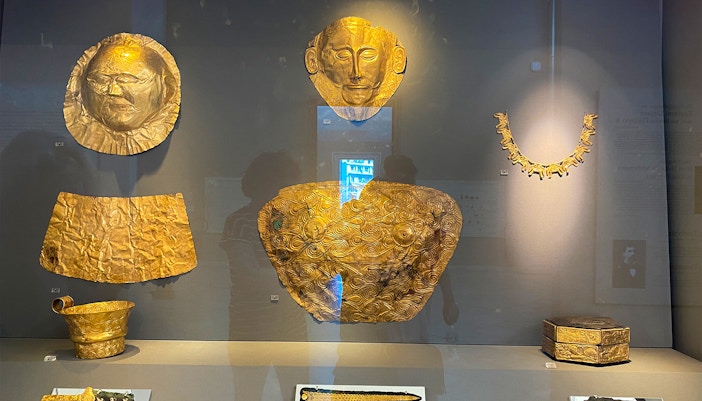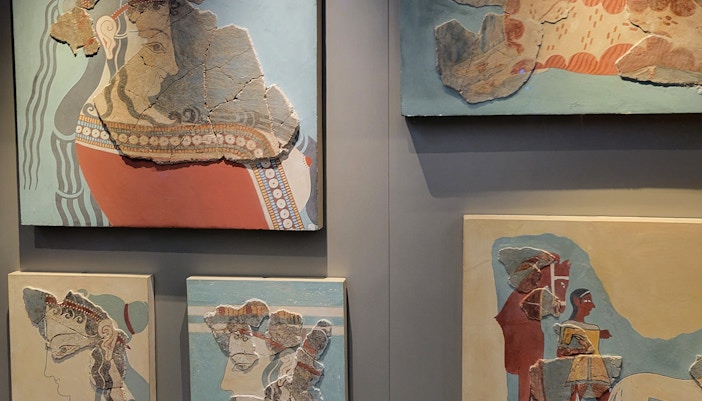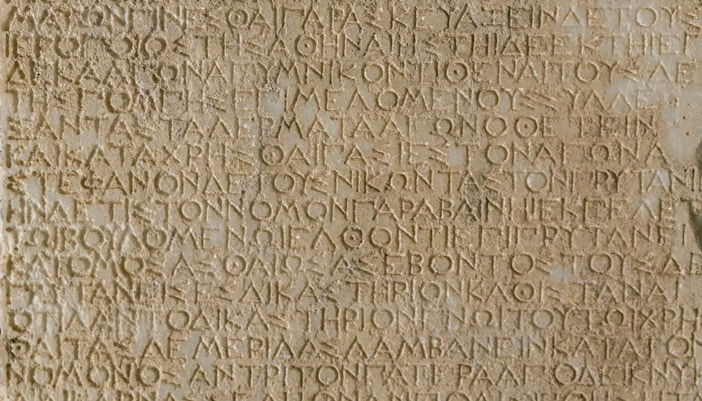This gold funerary mask, unearthed in a royal Mycenaean tomb at Mycenae by Heinrich Schliemann, is one of the most famous archaeological finds in Greece. It is a powerful symbol of Mycenaean craftsmanship and early Greek culture.
Top highlights at the National Archaeological Museum Athens
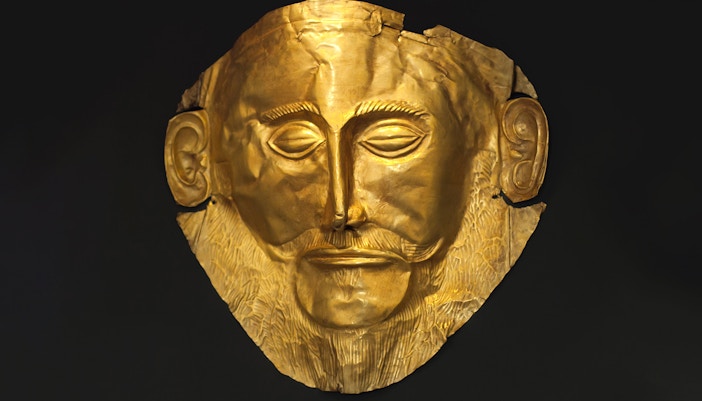
Mask of Agamemnon

Antikythera mechanism
Recovered from a shipwreck off the island of Antikythera, this 2nd-century BC device is widely considered the world’s first analog computer. Used to track astronomical positions, eclipses, and the calendar, the mechanism reflects the mechanical knowledge of its time.
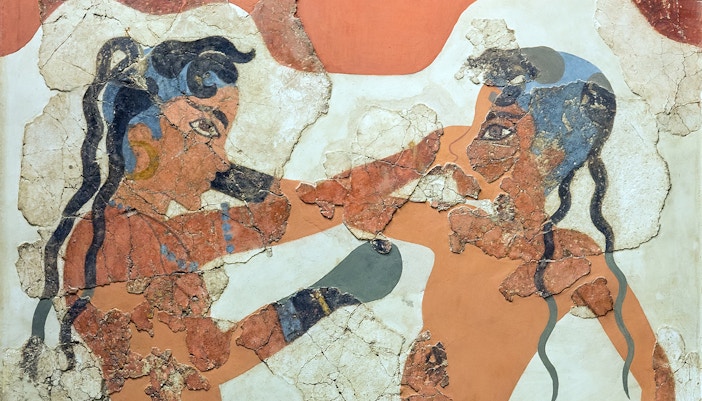
Thera wall paintings
These vivid frescoes from the Bronze Age city of Akrotiri (on Santorini) were preserved in volcanic ash after the island’s catastrophic eruption. They depict colorful scenes of nature, rituals, and daily life, offering rare insights into Aegean culture in the 17th century BC.
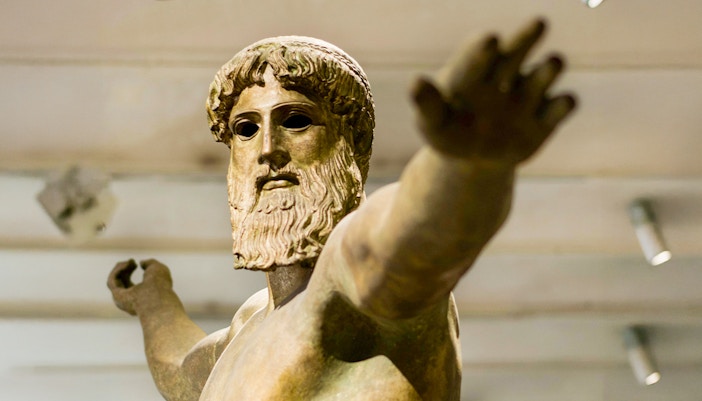
Bronze statue of Zeus or Poseidon
This life-sized bronze figure was found in the sea off Cape Artemision. The exact identity is debated—it may be Zeus hurling a thunderbolt or Poseidon with a trident—but the pose, musculature, and dramatic energy make it one of the finest examples of Classical Greek sculpture.
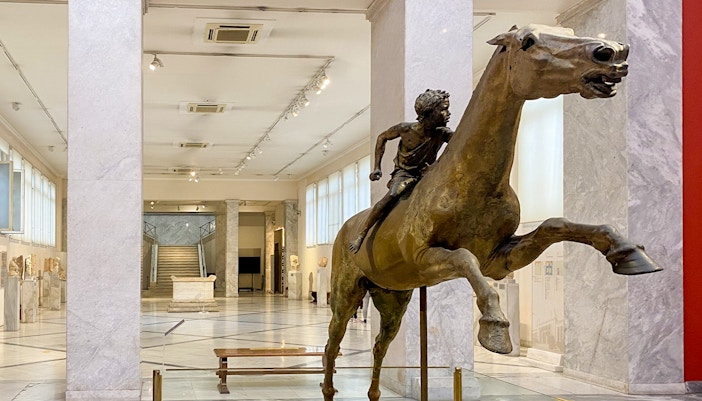
Horse and jockey of Artemision
Discovered in the same shipwreck as the Artemision bronze, this remarkable Hellenistic sculpture captures a galloping horse with a young boy riding bareback.
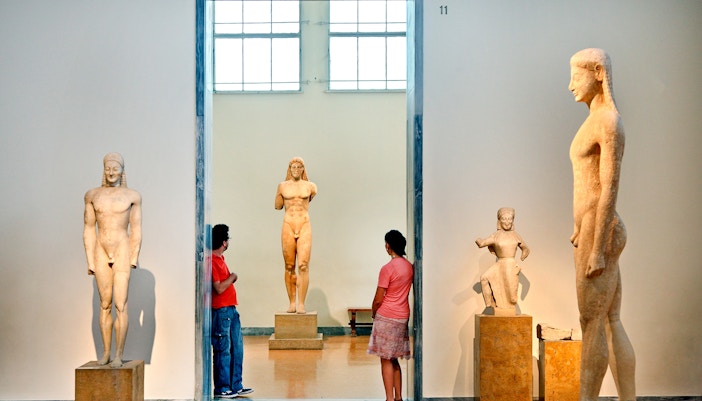
Kore and kouros statues
These statues of a young maiden (kore) and youth (kouros) come from the Archaic period and were typically used as grave markers or temple offerings.

Mycenaean collection
In addition to the Mask of Agamemnon, the museum holds a vast array of gold jewelry, engraved weapons, ceremonial vessels, and wall reliefs from Mycenaean tombs. This collection sheds light on the complex social structures and burial rituals of the Mycenaean elite.
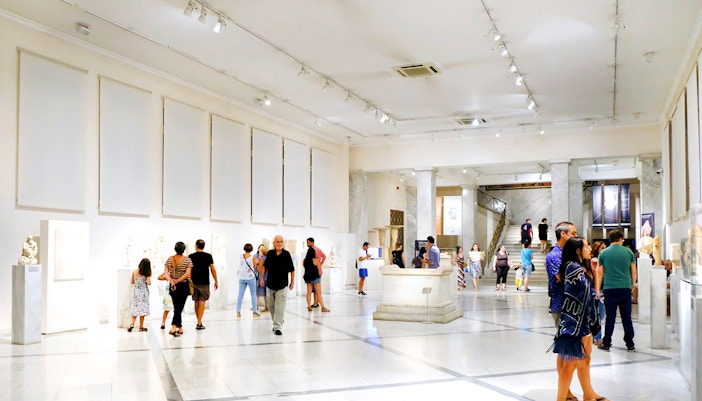
Cycladic figurines
These abstract marble figures from the Cycladic islands predate Classical Greece by nearly two millennia. Their minimalist form, typically folded-arm female figures, has inspired countless modern artists and offers insight into early Aegean religion and burial customs.
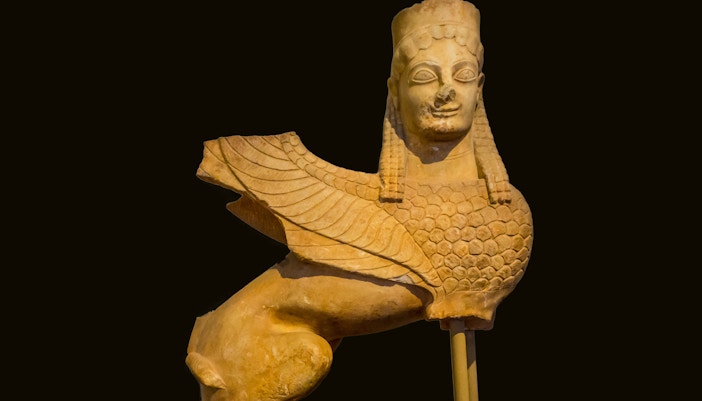
Egyptian antiquities
This section includes mummies, painted coffins, statues of deities, and amulets from dynastic Egypt. The museum’s Egyptian collection is one of the most significant in Southern Europe and explores connections between Greek and Egyptian cultures during antiquity.
